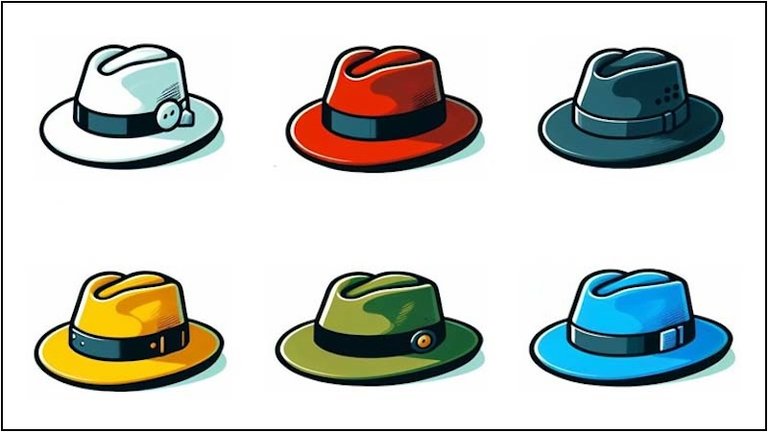De Bono's 'SixThinking Hats'
(Edited)

The rest of this article has been removed to prevent AI using this content without licence or payment.
0
0
0.000

The rest of this article has been removed to prevent AI using this content without licence or payment.
Wow is this on your medium profile as well?
Yes, a long time ago. I'm still catching up on Hive.
Congratulations @learningpages! You have completed the following achievement on the Hive blockchain And have been rewarded with New badge(s)
Your next target is to reach 400 replies.
You can view your badges on your board and compare yourself to others in the Ranking
If you no longer want to receive notifications, reply to this comment with the word
STOPCheck out our last posts: